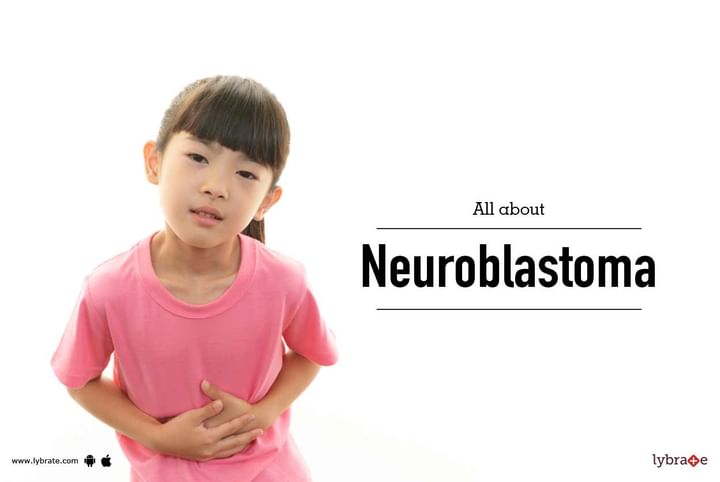All about Neuroblastoma
Most commonly occurring in children aged 5 or younger, Neuroblastoma is a type of cancer developing from immature nerve cells most often found in and around the adrenal glands. However, it is not limited and can develop in several other areas of the body, like the chest, neck, spine and different areas of the abdomen where nerve cells can be found in clusters.
Symptoms:
Depending upon the area of the body affected, signs and symptoms may include:
1. Neuroblastoma in the abdomen:
- Abdominal pain
- Diarrhea, constipation or other changes in bowel movements
- A lump of mass under the skin which is anything but tender
2. Neuroblastoma in the chest:
- Chest pain
- Wheezing
- Visible changes in the eyes, such as drooping eyelids or unequal pupil size
3. There are other signs and symptoms caused by neuroblastoma. These may include:
- Lumps of tissue found under the skin
- Bruise-like dark circles visible around the eyes
- Fever
- Proptosis (a condition in which eyeballs seem to protrude from the sockets)
- Back pain
- Bone pain
- Unexplained weight loss
Causes: Neuroblastoma typically originates in neuroblasts. These are immature nerve cells formed by the fetus as part of the development process. Eventually, neuroblasts convert into fibres and nerve cells which then make up the constituents of the adrenal gland. Normally, they either mature or gradually disappear. Others, which neither mature nor disappear, form tumors.
Complications:
A number of problems may result out of neuroblastoma, including:
- Metastasis or spread of the cancerous cells
- Spinal cord compression
- Paraneoplastic symptoms, such as rapid eye movement or difficulty with eye coordination
- Abdominal swelling
- Diarrhea
Treatment:
Depending on the child's age, the stage of the cancer, or the types of cells involved, the treatment plan varies accordingly:
- Surgery - However, this depends on the size and location of the tumor. Tumors growing near vital organs are too risky to remove
- Chemotherapy - involves the use of chemotherapy drugs
- Radiation therapy - involves high energy beams, like X-rays
- Stem cell transplant or autologous stem cell transplant in case of high-risk neuroblastoma
- Immunotherapy - involves drugs which stimulate the immune system to destroy cancerous cells



+1.svg)
